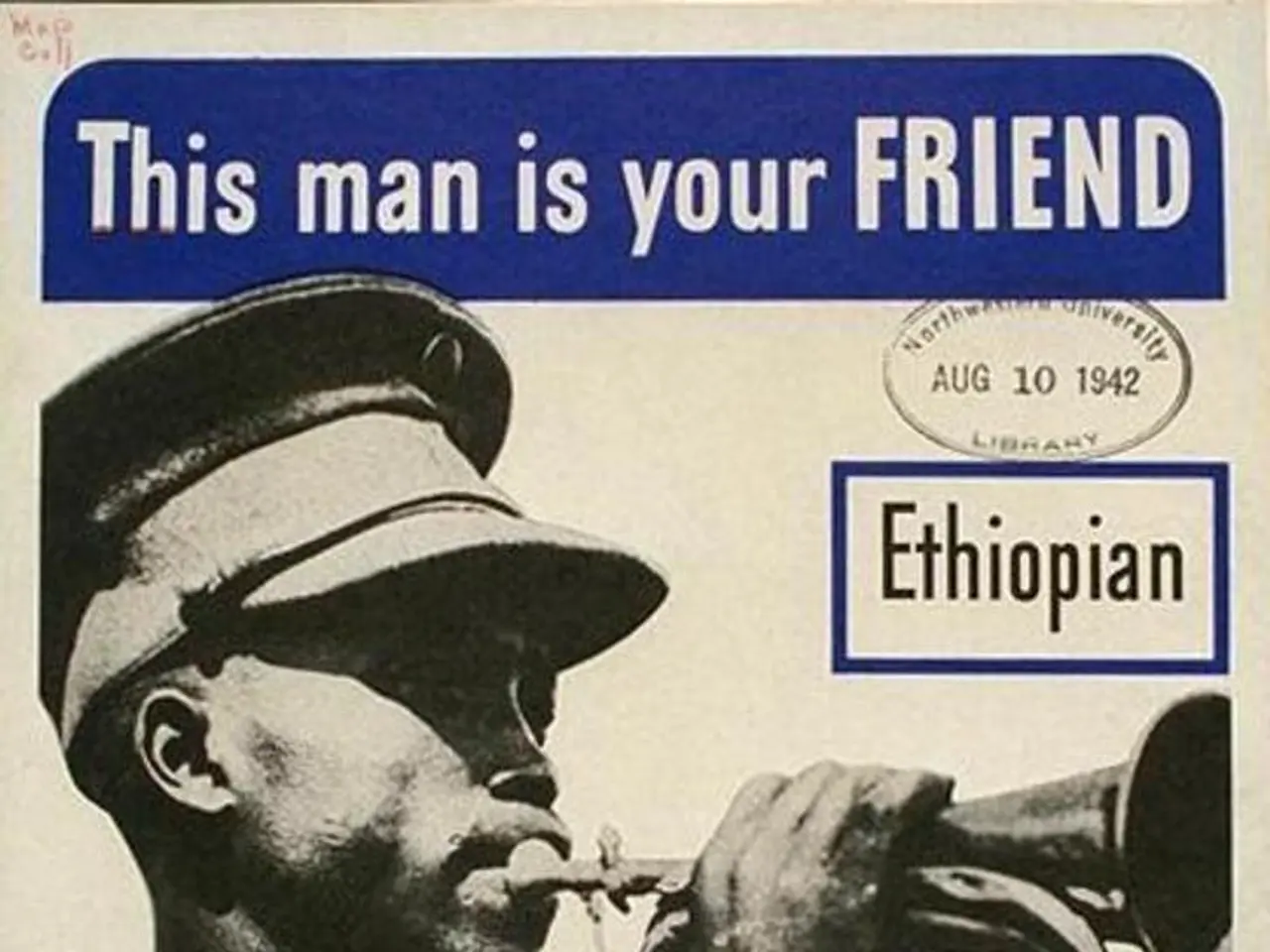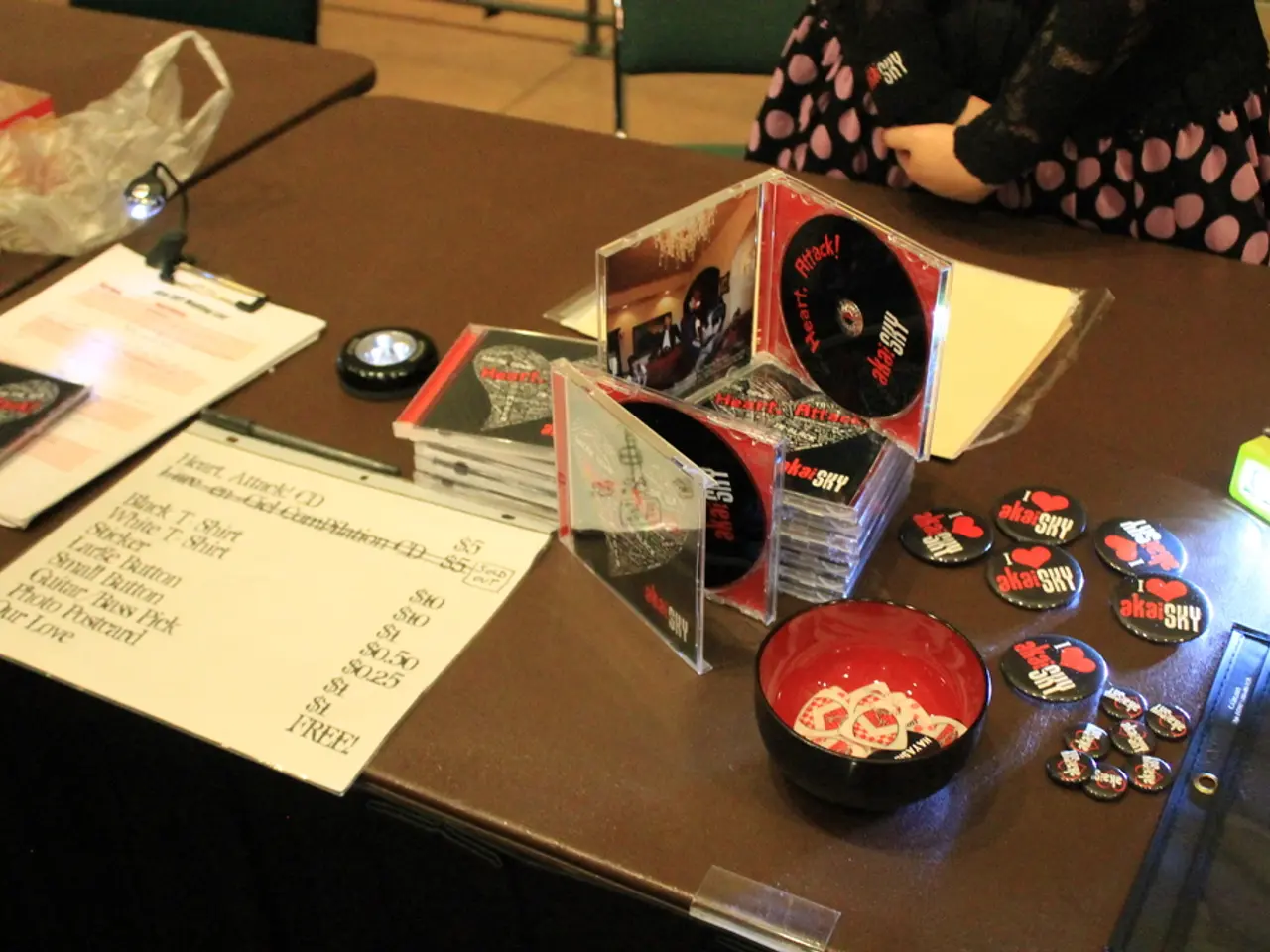Domestic Violence Model: The Power and Influence Scheme
The Power and Control Wheel is a powerful tool that outlines specific tactics and behaviors used by abusers to establish and maintain dominance in abusive relationships. Created by the Domestic Abuse Intervention Programs in 1984, this diagram serves as a comprehensive guide to understanding how various abusive behaviors work together to maintain power in intimate partner violence situations.
The wheel is divided into eight sections, each representing a different set of controlling behaviors:
1. Emotional Abuse: Insults, humiliation, and constant criticism are used to undermine the victim's self-esteem and sense of self-worth. 2. Isolation: The abuser controls who the victim can see, where they can go, or limits contact with friends and family, thereby increasing dependency on the abuser. 3. Economic Abuse: The abuser controls financial resources, restricts access to money, or sabotages employment to make the victim financially dependent. 4. Using Intimidation: Threats, destruction of property, or aggressive behavior are used to instill fear and compliance. 5. Using Children: Manipulating children to control the victim or using visitation as a means of control is a common tactic. 6. Minimizing, Denying, and Blaming: The abuser downplays the abuse, refuses to take responsibility, or blames the victim for the abuser’s behavior. 7. Using Male Privilege: Treating the victim like a servant, making all the big decisions, and acting as the “master of the house” are tactics used to assert control. 8. Using Coercion and Threats: Threatening to hurt the victim, leave, or harm themselves or others to force compliance is a method of control often employed by abusers.
At the center of the wheel is the abuser's primary goal: Power and Control over the victim. These tactics reinforce power and control by undermining the victim's confidence and independence, isolating the victim from support systems, creating fear and unpredictability, manipulating emotional bonds, and shifting blame and denial.
It is crucial to remember that abuse can happen to anyone, and it is important to change it. If you find yourself in an abusive relationship, it is essential to understand what is happening, talk to someone you trust, look to resources for domestic violence, work on getting out, and create a safety plan.
Statistically, women experience more violence than men, with men committing over 85% of all criminal assaults and women being killed 3.5 times more often in domestic homicides. It is important to talk about abuse when it is happening and not to keep it inside.
The Power and Control Wheel uses gendered language, focusing on male-female relationships and men abusing women. However, it is essential to note that abuse can occur in any relationship, regardless of gender or sexual orientation.
In addition to the tactics listed on the Power and Control Wheel, other forms of abuse include internet abuse, sexual abuse, and physical abuse. It is essential to be aware of these signs and seek help if needed.
Resources for domestic violence include the 988 Suicide & Crisis Lifeline, the National Domestic Violence Hotline, and NO MORE Global Directory. These resources can provide support, guidance, and help in creating a safety plan.
Leaving an abusive relationship requires courage and planning. Safety is paramount, and it is essential to take precautions such as using an incognito mode, a public computer at a library, or clearing browser history to prevent the partner from accessing search history.
In conclusion, the Power and Control Wheel is a valuable tool in understanding and recognizing abusive behaviors in relationships. By understanding these behaviors, we can better support victims of domestic violence and work towards ending abuse.
- Awareness of health-and-wellness and mental-health concerns is crucial in understanding how emotional abuse, as outlined on the Power and Control Wheel, can negatively impact a victim's overall well-being.
- In many relationships, economic abuse may lead to financial instability and strained health, making it essential to seek advice from health-and-wellness professionals or financial experts during such situations.
- The Power and Control Wheel also sheds light on the impact of social relationships, such as isolation tactics that can impede a victim's ability to reach out for support, highlighting the importance of womens-health communities and support networks.
- Further research in the field of science can help us devise more effective strategies for addressing the various forms of abuse, including internet abuse and sexual abuse, defined in the additional forms of abuse section.
- Lastly, speaking out about abuse in relationships, regardless of gender or sexual orientation, is crucial for fostering greater understanding, empathy, and support, ultimately promoting a healthier society.




